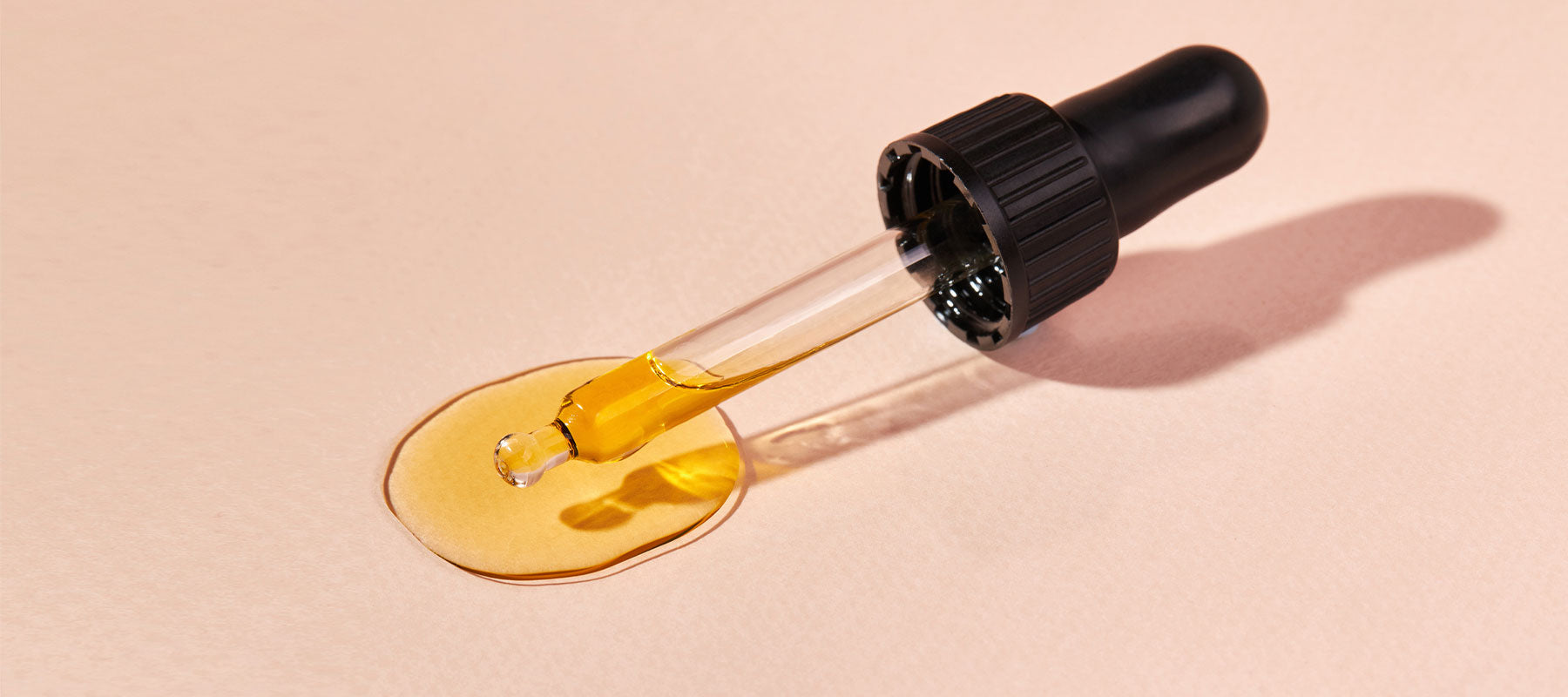
How to Apply Retinol for Best Results
Retinol, also known as Vitamin A, is considered the gold standard of age-targeted skincare – and for good reason. From promoting cell turnover, boosting collagen production to defending against fine lines, no skincare ingredient is more lauded. Ironically, the youth-enhancing active still manages to mystify, and so is often misused. Many associate it with initial skin irritation, dryness, and sensitivity which tends to put people off – but learn to use retinol right, and your complexion will be transformed.
From getting the right dosage to knowing when to apply, here's our quick fire breakdown of the golden rules of retinol.
Begin In Your Mid 20's or Early 30's
Your collagen levels start to deplete from the age of 25, so this is the perfect age to start thinking about incorporating retinol and SPF in your skincare routine as a first anti-ageing manoeuvre. That being said, your 30's are also a great time to start, especially if you suffer from sensitive skin.
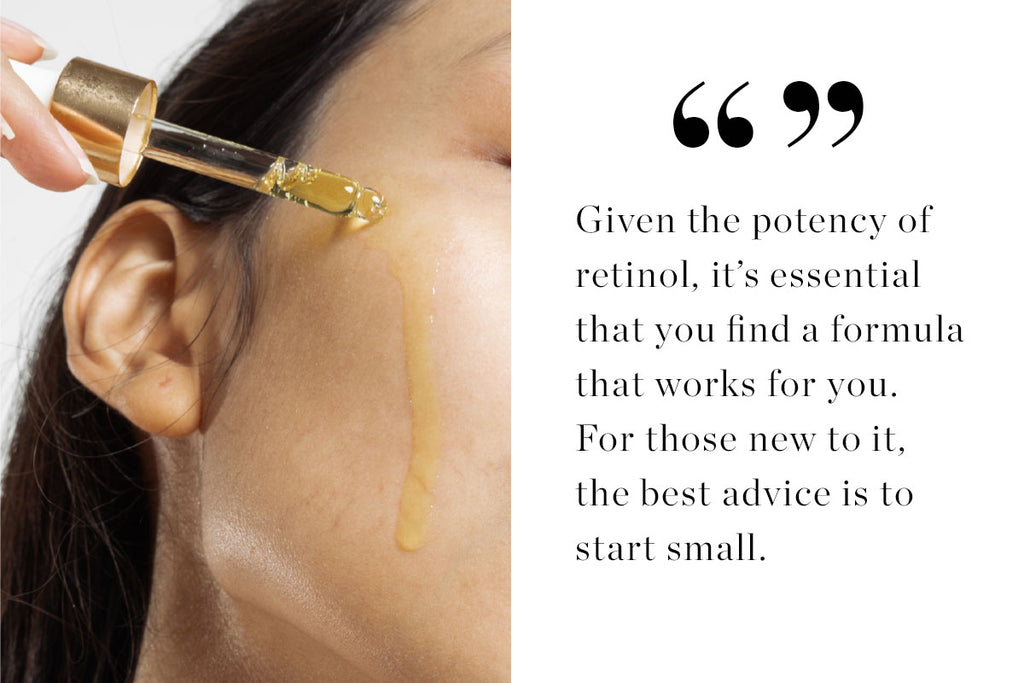
Know About Side Effect
Patience is key when it comes to retinol. Don't expect to see great results over night – in fact, the opposite is likely to happen at first. This is because Vitamin A can cause your cells to renew too quickly, meaning your skin is always playing catch up. This can lead to an impaired skin barrier, and result in peeling and irritation.
It can take at least 12 weeks before your really start reaping the benefit but it's important not be consistently chopping and changing your routine. Stick at it and we promise you, the results are worth it!
Get the Dosage Right
Given the potency of retinol, it’s essential that you find a formula that works for you. For those new to it, the best advice is to start small: 0.1% strength is a good place to start – as this is the level where you will see wrinkles, bumps and brown spots noticeably diminish. On the spectrum of retinols, it's quite gentle so it shouldn't cause too much irritation, though it's definitely worth taking it slow. Start with a pea-sized amount, and always avoid the eye areas.
Integrate it Slowly
In the spirit of not over doing it too quickly, start by applying your retinol only twice a week – which you can build up along with the dosage over time. This should help minimise any major irritation and allow your skin to acclimatise. As retinol can make your skin particularly sensitive, be careful not to use it the day before you exfoliate.
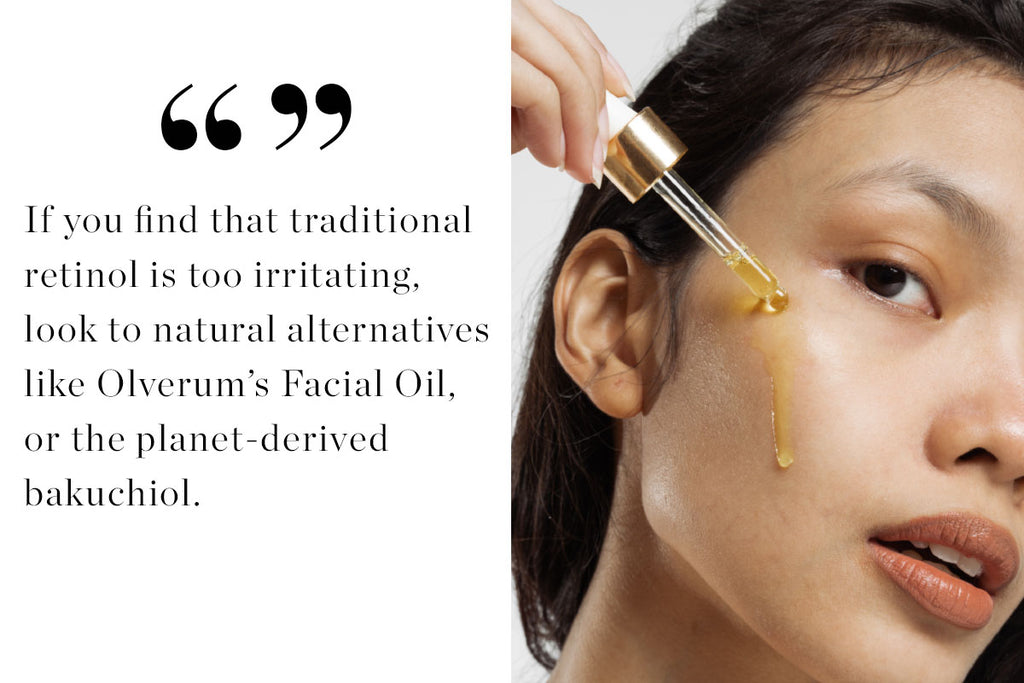
Alternative Retinols Exist
If you find that traditional retinol is too irritating, or can’t use it for other reasons (such as pregnancy or breastfeeding) look to natural alternatives like Olverum’s Facial Oil, or the planet-derived bakuchiol. Alternatively, Skin Filter from The Nue Co. provides all the benefits of topical retinol, but this daily supplement eliminates the risk of irritation.
Use Retinol at Night & Wear SPF in the Day
By now, we all know that sun care is an important step to any skincare routine, but if you’re using retinol it’s absolutely essential, as the active makes your skin more sensitive to sunlight. Apply it at night, and opt for at least SPF30 as part of your morning routine, and keep it topped up throughout the day. If you’re going on holiday or likely to be exposed to more than average amounts of sun, skip the step altogether.
Features published by THE FIND are not intended to treat, diagnose, cure or prevent any skin condition. Always seek the advice of your GP or another qualified healthcare provider for any questions you have.

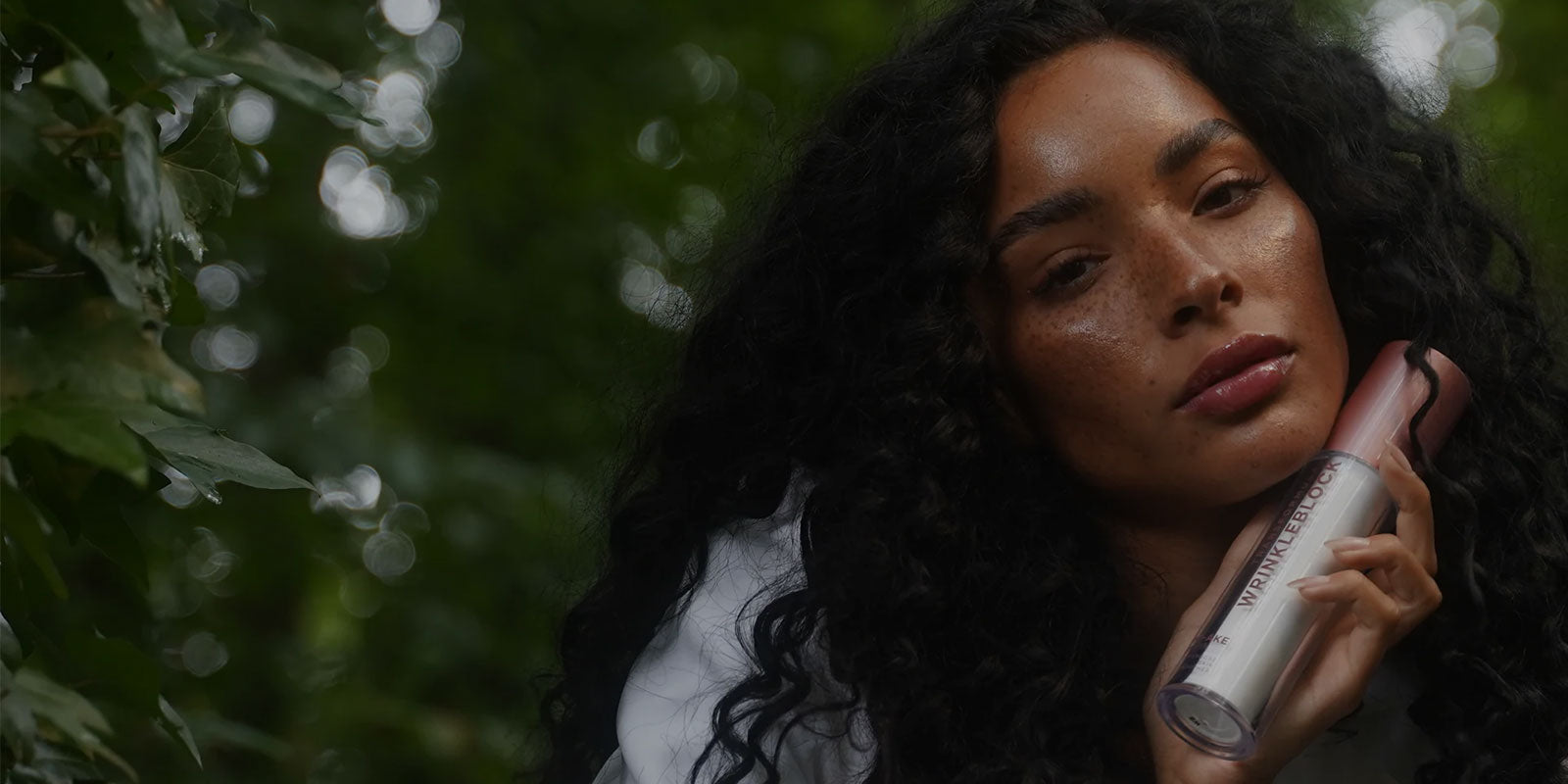



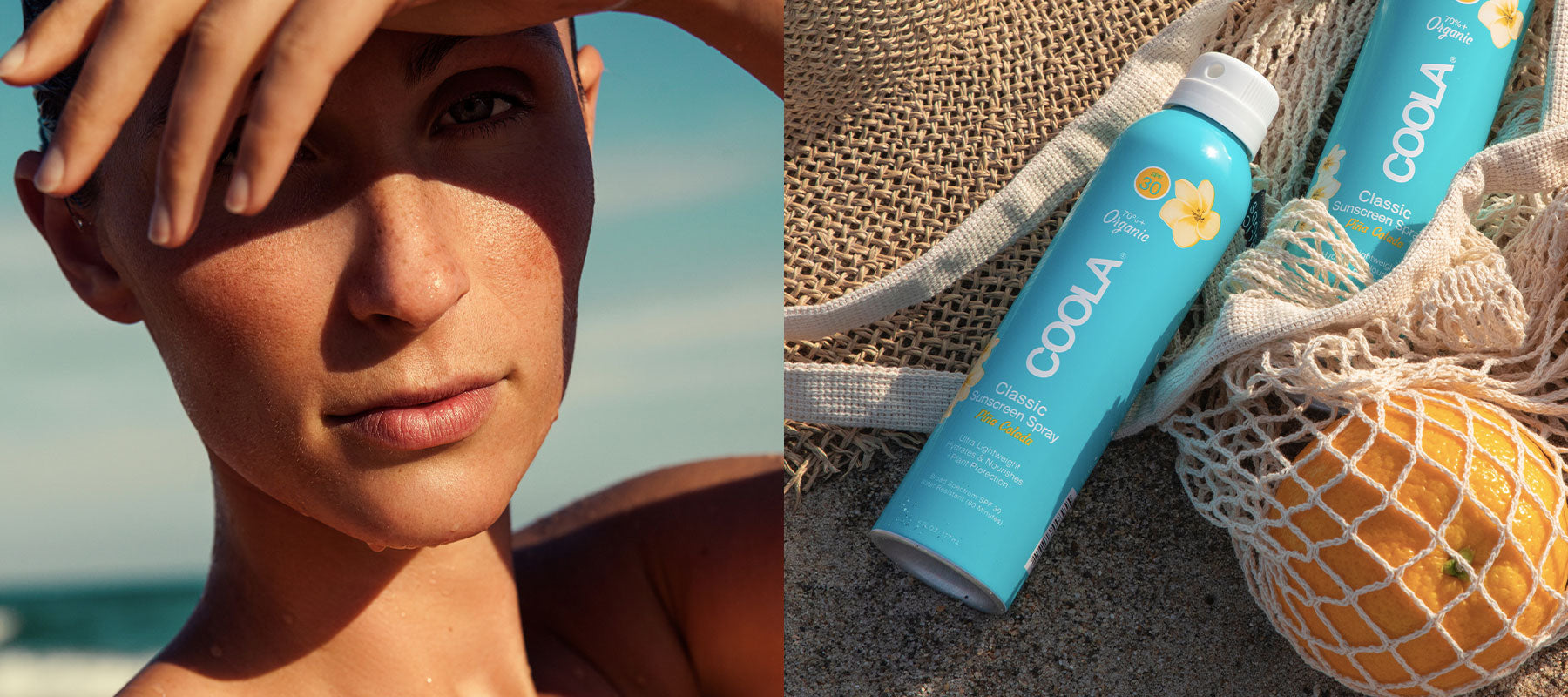

Leave a comment
This site is protected by hCaptcha and the hCaptcha Privacy Policy and Terms of Service apply.